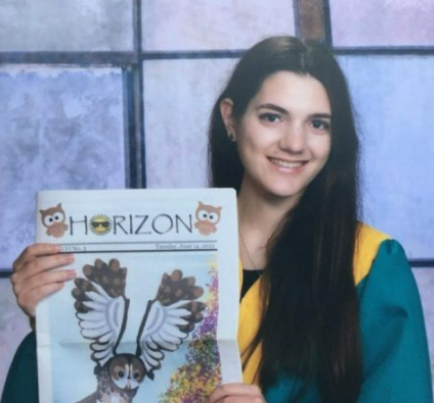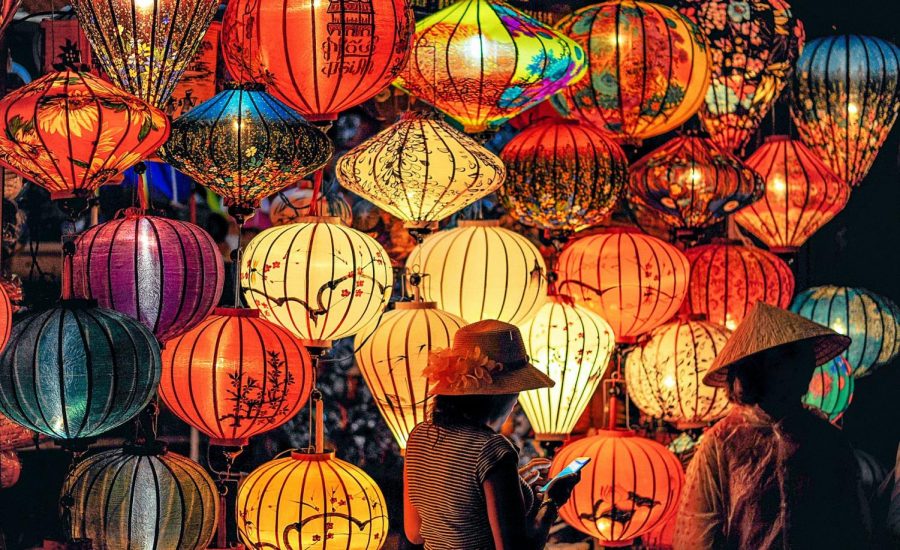Happy Lunar New Year!
People around the world are currently celebrating the Lunar New Year. What is this holiday all about?
Imagine yourself standing amidst a sea of red lanterns on a cool, crisp night. The fireworks exploding above you light the dark sky with brilliant colors. Music is playing as people in a colorful lion costume dance through the street. You are in Beijing, China, during one of the most highly celebrated festivals: the Lunar, or Chinese, New Year. Most people have probably heard of the Lunar New Year but have limited knowledge about its history; the day is much more than an excuse to order in Chinese food.
What exactly is the Lunar New Year? According to the Smithsonian magazine (smithsonianmag.com), the festival marks the first full moon of the lunar calendar. Unlike the solar, or Gregorian, calendar, which is based upon the Earth orbiting around the sun, the lunar calendar gets its name from the moon. Whereas the solar calendar is 365 days, the lunar calendar is only 354; that is how long it takes for the moon to complete 12 full cycles of its phases. The celebrations typically last for about two weeks, starting this year on Feb. 11 and ending on Feb. 26.
The Lunar New Year has a deep-rooted history as well. According to the China Highlights website (chinahighlights.com), it began 3,500 years ago in the Shang Dynasty when people would hold sacrificial ceremonies at the start of each new year. During the Zhou Dynasty, the Chinese calendar was developed, and the Han Dynasty is credited with establishing the date of the festival. In the Wei and Jin Dynasties, the new year was associated with entertainment and, since then, has developed into the culturally rich festival it is known as today.
As many may know, there is an animal associated with each new Lunar New Year. According to feng shui master Thierry Chow in an interview with CNN (cnn.com), 2021 is the year of the “xin chou,” or metal ox. “The ox, in Chinese culture, is a hardworking zodiac sign,” she stated. “It usually signifies movements so, hopefully, the world will be less static than last year.” The metal, she explained, meant that “we can see a bigger emphasis on industries related to metal in 2021.”
Like many other traditional holidays, the new year is surrounded by many myths and legends. One popular legend centers around Nian, a beast who caused much destruction on new year’s eve. One year, a wise man discovered that Nian was afraid of the color red and loud noises, thus initiating the traditions of decorating with red and lighting fireworks.
Many countries throughout Asia celebrate the Lunar New Year with a variety of unique traditions. According to the Culture Trip website (theculturetrip.com), peach and apricot blossoms can be found throughout Vietnam in celebration of Tết, the Vietnamese version of the new year. In Korea, decorative birds can be found throughout towns for Seollal, the Korean new year.
In the days preceding the new year, families are busy cleaning their houses; it is thought that by doing this, all the bad luck of the past year will be swept away, making room for the good luck of the fresh new year. In addition, many purchase new clothes as another way to make the new year feel new.
One well-known tradition is the exchanging of red envelopes with money inside. They are given to children and unmarried adults and can contain amounts of money from a few dollars to more substantial amounts. In Tibet, a variation of this gift-giving involves children bringing baskets of food to their elders on the first day of Losar, the Tibetan new year.
Lastly, no holiday would be complete without festive foods. Dumplings are a holiday staple in China, while those in Mongolia prefer to eat pastries piled high in the shape of Mount Sumeru. In Korea, tteokguk, or rice cake soup, is eaten to symbolize the aging of one more year. Other common treats such as mandarin oranges, candied fruits, and fish can be found throughout Asia.
Whether one celebrates the Lunar New Year or not, it is certainly a fascinating holiday that sparks a sense of hope in the world. One can only wish that 2021 will indeed be the year of the ox, bringing much-needed movement and good fortune to people everywhere.

I am a member of the Class of 2023 as well as one of the editors-in-chief of the print edition of Horizon. I enjoy reading, playing the violin, and using...






















